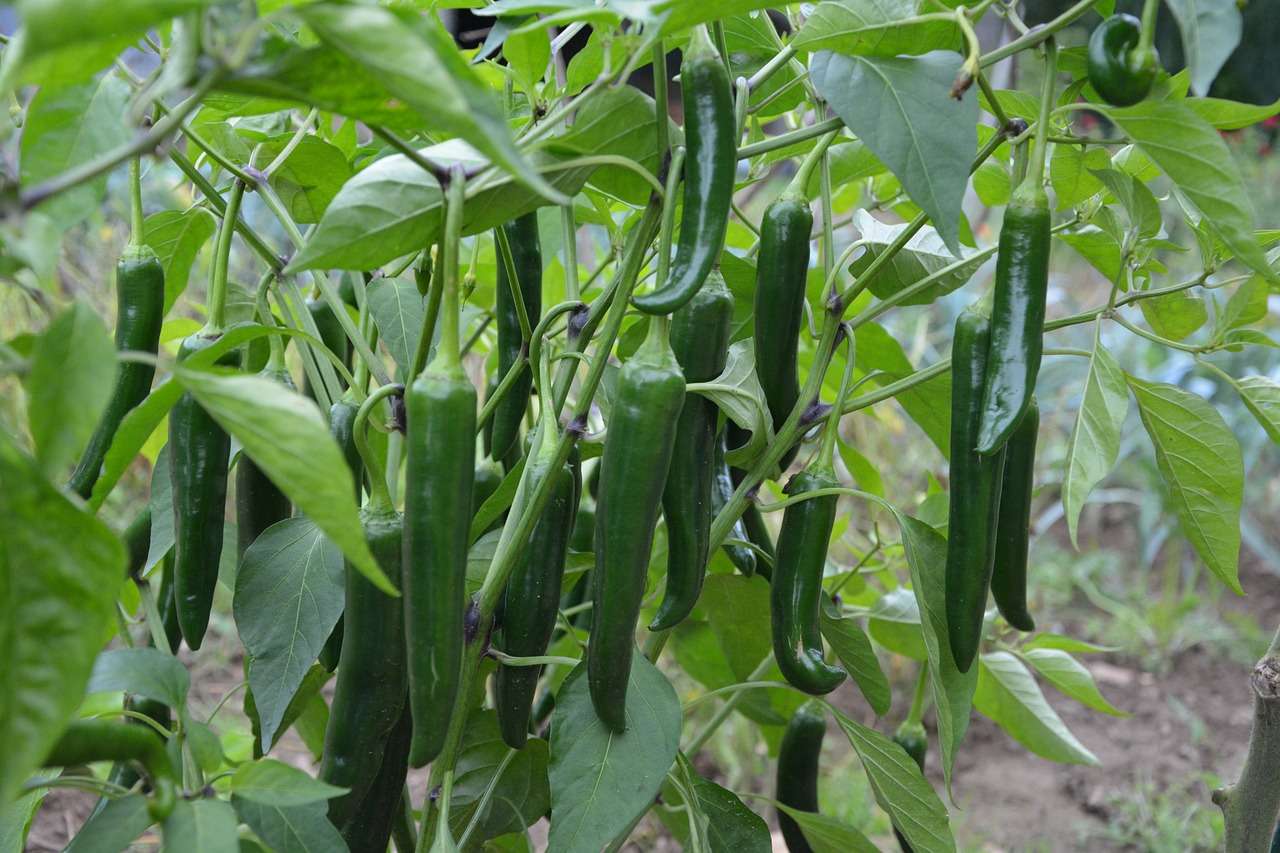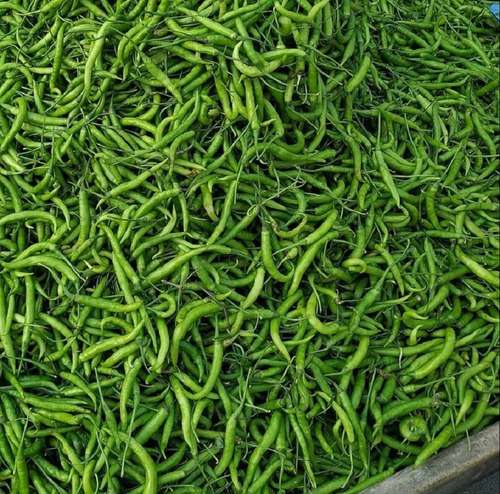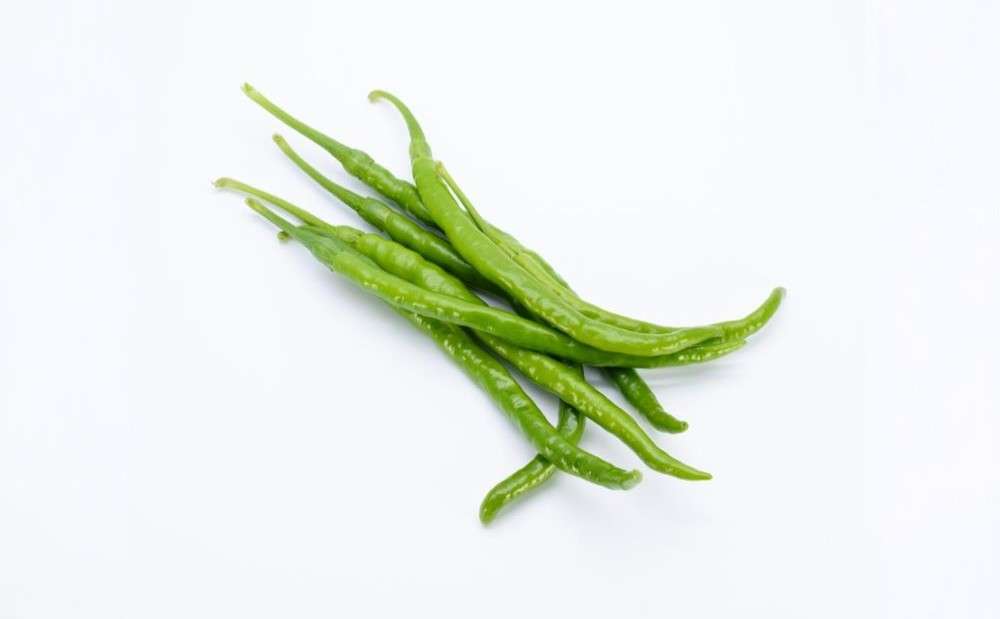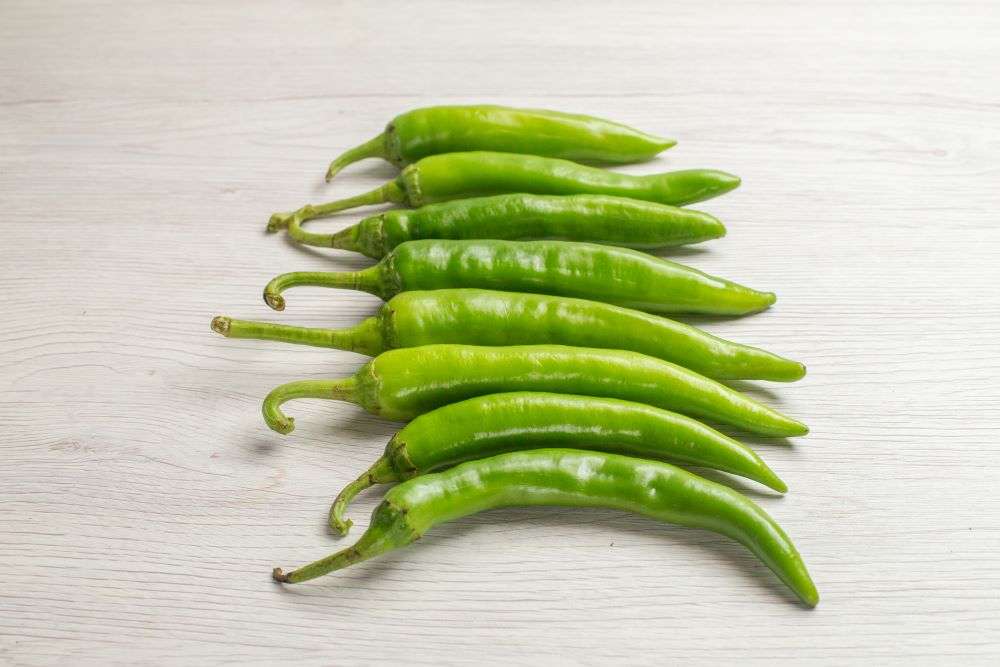Green chili, a staple in Indian cuisine, is not just a fiery addition to dishes but also a significant player in India’s agricultural export sector. With its rich history, economic impact, and the increasing global demand for spicy flavors, green chili export from India is a fascinating topic. Let’s dive into the journey of green chili from Indian farms to international plates, exploring harvesting practices, the best season for cultivation, and the challenges of maintaining freshness during export.
Best Season for Cultivation
The best season for cultivating green chilies in India varies depending on the region. However, the following general guidelines apply:
- Summer and Monsoon: Green chili plants thrive in warm temperatures, making the summer and monsoon seasons ideal for their growth. Sowing typically occurs in the months of May to July.
- Temperature Range: Optimal temperature for green chili cultivation ranges between 20°C to 30°C (68°F to 86°F). Excessive heat or cold can affect the plant’s growth and yield.
- Rainfall: Adequate rainfall or controlled irrigation is essential for healthy chili plants. Drip irrigation systems are commonly used to ensure consistent water supply.
Harvesting Practices
Green chili plants thrive in warm and sunny climates, making India an ideal location for their cultivation. The harvesting process is a crucial step in ensuring the quality of green chilies intended for export. Here are some key practices followed by Indian farmers:
- Selective Picking: Green chilies are handpicked when they reach the desired size and color. Farmers ensure that only mature and healthy chilies are selected for export.
- Avoiding Bruising: Careful handling during harvesting minimizes the risk of bruising and damage to the delicate chili pods.
- Timely Harvesting: Green chilies are harvested at the right stage of maturity to retain their flavor and heat levels.

India’s Green Chili Export Landscape
- India holds a significant position in the global green chili market, thanks to its favorable climate and rich agricultural practices.
- The country’s diverse agro-climatic zones enable year-round production, ensuring a steady supply for export.
- According to a report by the Agricultural and Processed Food Products Export Development Authority (APEDA), India is a major exporter of fresh vegetables, including green chilies. This reinforces the significant role India plays in the global market.
- The global fresh green chili market is seeing growth, and India is a large part of that growth.
Challenges in Green Chili Export

Despite the booming market, exporting green chilies comes with its own set of challenges:
- Stringent Import Regulations: Different countries have varying phytosanitary requirements, making compliance a complex process.
- Perishability: Green chilies have a limited shelf life, requiring efficient cold storage and fast shipping solutions.
- Price Fluctuations: Weather conditions, supply chain disruptions, and currency exchange rates can impact the pricing of green chilies in global markets.
Global Market Dynamics
The global green chili market is experiencing robust growth, with India’s exports increasing by 41% over the last year. Major importers include the United Arab Emirates, Bhutan, and Bangladesh, collectively accounting for 66% of India’s total green chili exports. Volza
The Growing Demand for Green Chilies:
- Green chilies are not just a source of heat; they also offer numerous health benefits, contributing to their rising popularity. They are rich in vitamins A and C, and capsaicin, which has antioxidant properties.
- Global culinary trends favoring spicy foods have further fueled the demand for this versatile ingredient. From Asian stir-fries to Mexican salsas, green chilies are finding their way into diverse culinary traditions.
- The increasing awareness of healthy eating has also contributed to the demand, as green chilies are a low-calorie way to add flavor to dishes.
Economic Impact on Farmers
The green chili export sector significantly impacts the livelihoods of Indian farmers. Here are some economic benefits:
- Income Generation: Exporting green chilies provides farmers with a steady income source, contributing to rural development.
- Employment Opportunities: The green chili trade creates jobs across the supply chain, from farming and harvesting to packaging and transportation.
- Market Diversification: Diversifying crops with high-value exports like green chilies can reduce farmers’ dependency on traditional crops and increase their financial stability.
Indo Foods Export’s green chili exports showcase India’s exceptional agricultural strength. As the global demand for spicy and flavorful foods continues to rise, the future of the green chili trade looks promising. With continued focus on quality, efficiency, and market responsiveness, Indian exporters can further strengthen their position in the global market.





